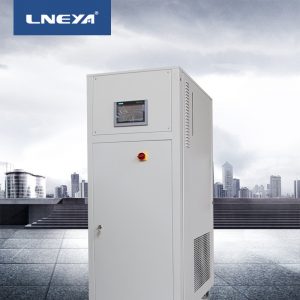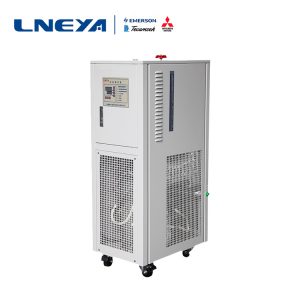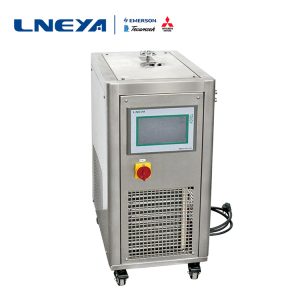Introduction to mixed solution of glycol chilling systems (glycol chillers)
Glycol chillers are industrial refrigeration systems that use a type of antifreeze called glycol, mixed with water, to lower the freezing point in the application of the chilling system.
Glycol is a class of organic compounds that belong to the alcohol family. When mixed with water and pumped through the pipes of a chilling system, glycol serves to slow the rate of freezing. It helps maintain temperature consistency in the application. Some glycol products also work to inhibit corrosion and bacterial growth within the pipes of the chilling system.
Glycol comes in two varieties that should never be mixed together: ethylene glycol and propylene glycol. Both types offer the same relative level of freeze protection. Both also help to guard against corrosion. Some grades of both types of glycol also help to prevent the growth of algae and bacteria within the chiller.
Ethylene glycol is a moderately toxic chemical that has a sweet taste and can be harmful if swallowed. For this reason, it should not be used in potable water or food processing systems when leakage is a possibility. Ethylene glycol has more widespread use due to its lower purchase price. Industrial applications like ice rinks and factories requiring large volumes of the coolant find this to be the most economical choice of glycol.
Mixing Water with Glycol in Your Industrial Refrigeration System
Although you should never mix glycol types there is something that should always be added: water. As mentioned, glycol must be mixed with water to function properly. The type and amount of water to use are key factors to consider.
Ratio of Water to Glycol to Use
Calculating the proper ratio of glycol to water in your chilling system depends on the coldest temperature that the glycol solution will reach during operation. If a chilling system is used indoors where there is no chance of freezing, the amount of glycol needed would be significantly less than required by a glycol chiller used outdoors where temperatures are prone to drop below freezing. Also, if an application requires a very low temperature to operate it should use a glycol mixture similar to that of an outdoor system. In a chilling system, this temperature is normally the saturated suction temperature in the evaporator, and normally this temperature is 10°F below the chiller set point temperature. Using the proper ratio of glycol and water in your chilling system is very important. Adding too much to your chiller system will cause it to become inefficient. However, not enough glycol could cause the system to freeze up, potentially bursting pipes or even rupturing the chiller evaporator.
To learn more about how a 글리콜 냉각기 works, contact LNEYA: sales@lneya.com.
관련 권장 사항
-
신에너지 차량 검사에서 판형 열교환기의 일반적인 결함
1437새로운 에너지 차량 감지의 과도한 압력 강하의 이유는 실행중인 시스템 파이프 라인이 제대로 퍼지되지 않았기 때문이며, 특히 새로 설치된 시스템 파이프 라인에서 많은 먼지 (예 : 용접 슬래그)가 내부로 유입되기 때문입니다 ...
세부 정보 보기 -
How to solve the problem that the cooling pump centrifugal pump power consumption becomes larger?
1095There are many opportunities for the centrifugal pump in the chiller, but the failure of the centrifugal pump will affect the use of the chiller. Therefore, do not worry if the centrifugal pump power becomes larger, find out the cause in time, and...
세부 정보 보기 -
냉난방 온도 제어 시스템을 선택하는 방법은 무엇인가요?
1145냉동 난방 온도 제어 시스템의 가격은 주요 요인이 아닙니다. 주요 목적은 온도 제어 기능을 통해 온도 제어 기술을 구현하는 것입니다. 그러나 온도 제어 시스템이 아닙니다 ...
세부 정보 보기 -
다단계 냉동 시스템 원심 컴프레서 수리 지침
1414캐스케이드 냉동 시스템의 원심 압축기를 분해 한 후 각 저널 (임펠러, 베어링, 커플 링 등과 협력)의 치수를 외경 마이크로 미터로 측정하여 진원도를 계산합니다 ...
세부 정보 보기
 LNEYA 산업용 냉각기 제조업체 공급 업체
LNEYA 산업용 냉각기 제조업체 공급 업체















